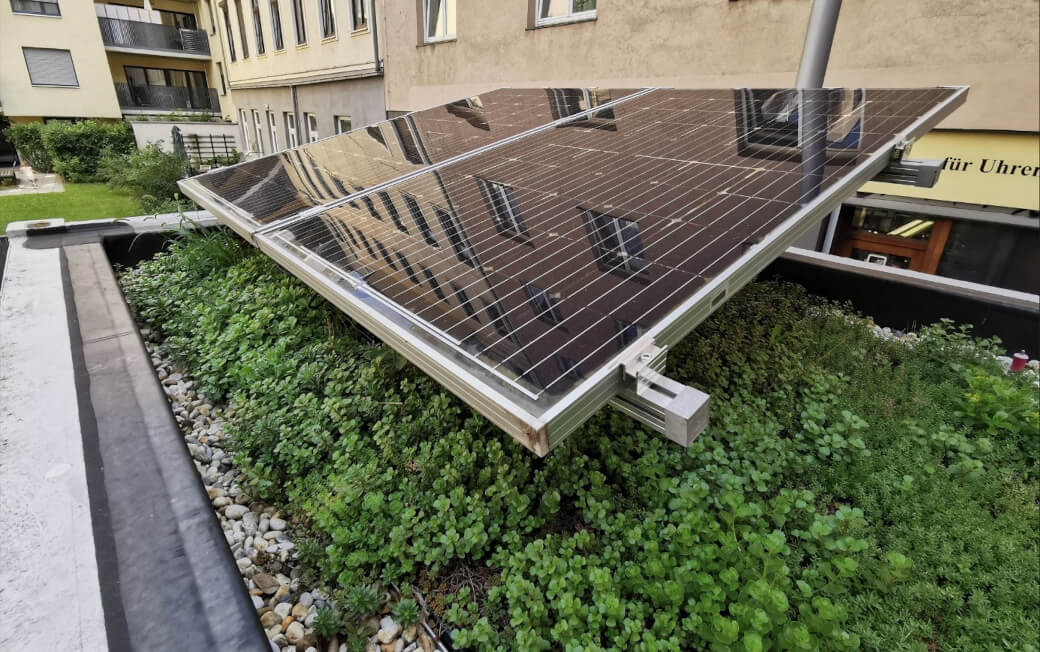GREEN Stone: development of a cement-free concrete with recycled content for applications in landscaping
Short Description
The challenge lies in large-scale implementation, standardization and market acceptance. Research, production and economic efficiency play a central role in this. Laboratory and field trials, prototype tests and economic and ecological analyses are carried out in seven stages. The goal is a sustainable, high-performance concrete with a low carbon footprint and high market potential.
Summary
In Austria, there is currently no pure geopolymer concrete with recycled materials in the high-quality range with compressive strengths above 50 N/mm². However, the landscaping industry requires materials that are lightweight, small-volume, durable and particularly dense in order to withstand weather conditions.
Contents and goals
The "Green Stone" project aims to incorporate recycled materials into geopolymer concrete in order to reduce the consumption of non-renewable resources such as sand and replace the cement content with alternative raw materials. The aim is to develop UHPC and HPC concrete (Ultra High-Performance Concrete) without cement in order to minimize the environmental impact of concrete production.
Alternative binders, for example industrial by-products such as fly ash, slag or geopolymer compounds, are the focus of research. At the same time, the outstanding strength and durability of UHPC should be maintained while reducing the carbon footprint. This could represent a significant step for the sustainability of the entire construction industry.
The industry wants to position itself in the circular economy and create new competitive advantages. However, the implementation of this innovative material requires comprehensive innovation along the entire value chain, from raw material procurement ("STARETSCHEK") and production technologies ("GRASPOINTNER") to standardization and market acceptance. Research facilities such as Graz University of Technology as well as investments in production infrastructure and cooperation with the construction industry are essential. Economical and sustainable use also requires improved life cycle analyses.
Methods
The project comprises the following steps:
- conducting laboratory and field tests.
- development and optimization of cost-effective formulations, validated by life cycle assessments.
- testing of prototypes in large-scale production.
- monitoring at three locations (including MUGLI) with regard to material durability, temperature and humidity fluctuations and visual changes.
- surveys and workshops to collect user feedback.
- preparation of a position paper on the climate neutrality of the new building material, taking into account standards, laws and economic efficiency.
- development of a business canvas to define the rights of use, organizational form and exploitation strategy, including dissemination.
Expected results
This systematic approach is intended to create a marketable, sustainable building material that contributes to the decarbonization of the construction industry and is economically viable at the same time.
Project Partners
Project management
Raw materials trading Staretschek GmbH
Project or cooperation partners
- GRÜNSTATTGRAU Research- und Innovations GmbH
- BG-Graspointner GmbH
Contact Address
Rohstoffhandel Staretschek GmbH
Bergerweg 14
A-4204 Reichenau i.M.
Tel: +43 (699) 133 28 200
E-Mail: office@rs-rohstoffe.at
Web: www.rs-rohstoffe.at

